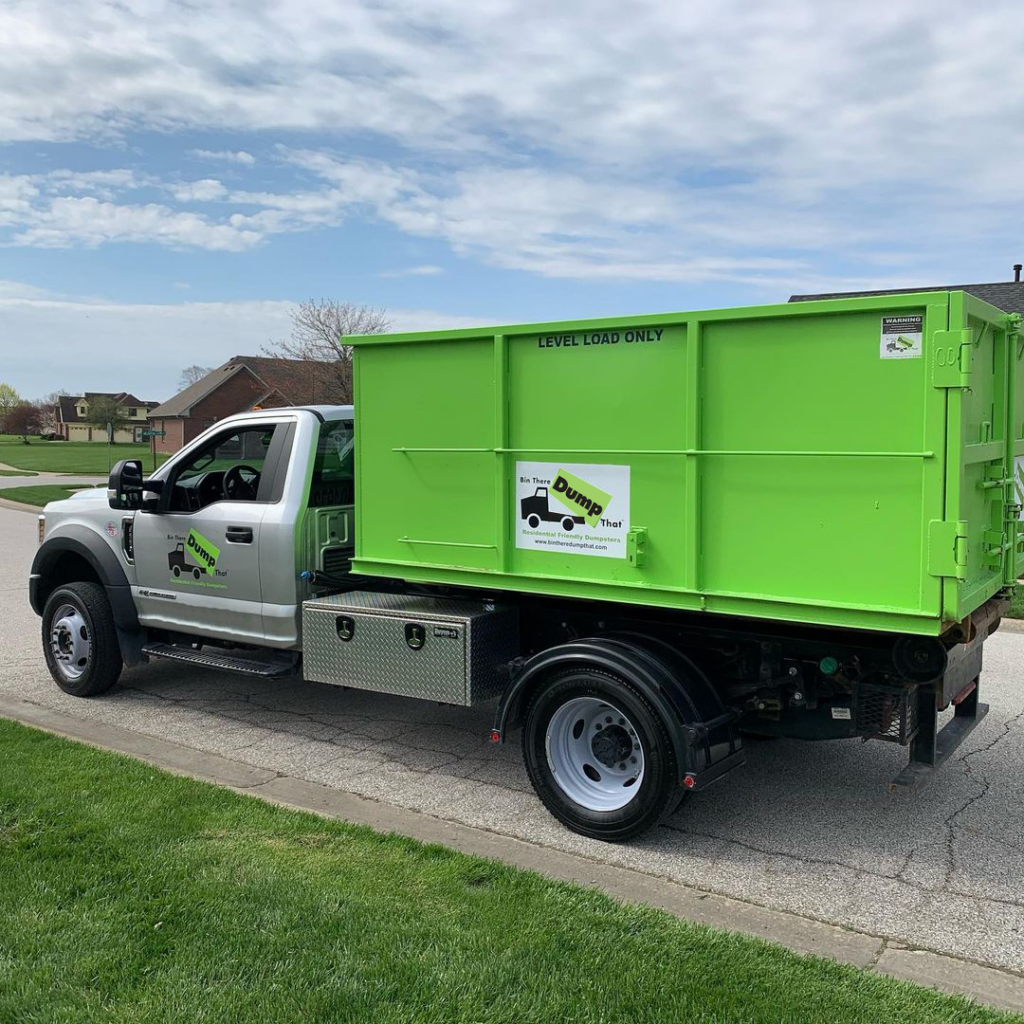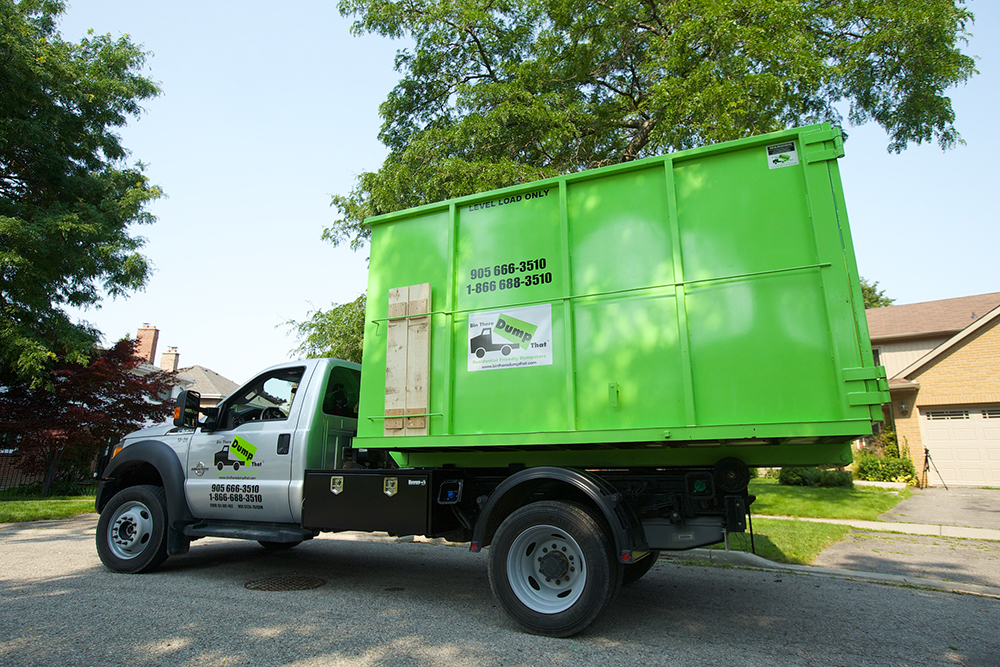When disaster strikes, fast action matters. This guide will help you navigate the crucial first steps and avoid costly missteps during your restoration journey.

What You Do Next Matters Most
Flooded basements. Kitchen fires. Mold outbreaks. Wind-damaged roofing.
No matter the type of disaster, the stress, fear, and uncertainty that follow are often the same. While it’s tempting to wait and see how bad the damage is—or try to clean it up yourself—delay is one of the costliest mistakes a homeowner can make.
We’ve created this disaster restoration guide with insight from Brad McCrum, a former restoration specialist, to help homeowners respond quickly, recover smart, and rebuild with confidence.
In this comprehensive guide, we walk you through the steps that restoration professionals follow to minimize damage and speed up recovery. You’ll also learn how tools like Residential Friendly dumpsters can make your cleanup safer, faster, and more efficient.
Step 1: Prioritize Safety First
Before calling anyone, make sure the scene is safe. Turn off your main water supply and electrical breaker if there’s flooding or electrical risk.
If you’re unsure, call a professional before entering. Safety first means fewer injuries and fewer regrets.
Pro tip: Don’t wait until disaster strikes—know where your shutoff valves and breakers are now. Label them clearly and educate everyone in your household.
Step 2: Call a Certified Remediation Company
Mold and water damage can start in hours, not days. Call a certified restoration team ASAP. Many insurance providers have preferred vendors with streamlined systems for faster, smoother claims.
Look for companies with:
-
IICRC or similar certifications
-
A solid reputation
-
Experience working with your insurance carrier
A quality remediation company is your most valuable ally during recovery
Step 3: Notify Your Insurance Provider
Once emergency measures are taken, it’s time to notify your insurance provider. The earlier you initiate the claim, the better.
Questions to ask your insurer:
-
Will they send an adjuster to inspect the damage?
-
Are you required to work with specific preferred vendors?
-
What’s covered—and what’s not?
-
What are the documentation requirements?
“These days, most adjusters don’t even visit the site,” says Brad McCrum, former restoration specialist and current Bin There Dump That franchise owner. “They rely on vendor reports, which is why choosing an experienced remediation team is so important.”
Step 4: Don’t Let Delays Turn into Damage
One of the biggest homeowner mistakes? Thinking “it’s not that bad.” Water may recede quickly, but behind the walls, mold is likely already growing.
Look out for hidden moisture with tools like:
-
Moisture meters
-
Infrared heat sensors
-
Borescopes
Step 5: Stay Involved in the Cleanup
Just because professionals are on-site doesn’t mean you should check out. Ask to review dry logs, ensure equipment stays long enough to work, and request a completion form that confirms your home is returned to pre-loss condition.
Being an informed, involved homeowner protects your investment.
Step 6: Hidden Damage – What You Don’t See Can’t Hurt You
Water and smoke damage are often deeper than they look. For instance:
-
A water stain that’s 2 inches high on drywall may hide 6+ inches of mold on the back side.
-
Smoke and soot can penetrate into HVAC systems, posing long-term air quality issues.
-
Insulation often holds moisture and must be removed even if the wall feels dry.
Your remediation team should use:
-
Moisture meters
-
Infrared scanners
-
Borescopes
-
Air scrubbers
If they don’t, ask questions or get a second opinion. Skipping this step could mean future damage—and another insurance claim down the road.
Step 7: Prepare for the Rebuild
Once demolition and drying are done, reconstruction begins. This phase can be lengthy. Make sure you understand:
-
Your insurance company’s rebuild expectations
-
Timeline commitments from vendors
-
What’s included in your coverage
“Homeowners often expect a full renovation,” Brad says. “But insurance only pays to bring things back to pre-loss condition.”
Stay informed, stay flexible, and stay in close communication with both your contractor and your insurance adjuster.
Final Step: Rent a Dumpster for Cleanup – Fast, Essential & Easier Than You Think
Once the damaged materials start coming out—soaked drywall, ruined flooring, insulation, furniture—you’ll quickly realize you need somewhere to put it all. That’s where a Residential Friendly dumpster rental becomes essential.
A dumpster allows you (or your restoration team) to remove debris quickly and safely, keeping the cleanup area clear and hazard-free. The faster the debris is gone, the sooner drying, treatment, and rebuilding can begin.
Mental Health & Emotional Support During Recovery
Home damage is traumatic. Loss of family photos, sentimental furniture, or your sense of security can weigh heavily.
You’re not just restoring a home—you’re rebuilding peace of mind. Lean on your community, support groups, and professionals. Don’t hesitate to ask for help.
Recovery isn’t just physical—it’s emotional. Give yourself grace.
Bonus: Prevention Tips for the Future
Some disasters are unavoidable—but many can be prevented with maintenance and awareness:
-
Replace old water heaters before they fail
-
Get annual furnace inspections
-
Know where your shutoffs are
-
Install shut-off valves for outdoor spigots
-
Use smart home apps to monitor power and water usage

You’ve Got This—And We’ve Got You
Disasters are chaotic. But the recovery doesn’t have to be.
With the right team, the right plan, and the right tools—like a Residential Friendly dumpster—you’ll move from overwhelmed to in control.
Need a dumpster today? We’re here to help. Friendly, fast, and focused on supporting you through your restoration journey.
Renting a Dumpster for Cleanup: Why It Matters
A common mistake homeowners make is assuming cleanup can wait. It can’t.
Mold, pests, and odors grow fast. Damaged materials become hazards. And no contractor will begin repairs until the space is cleared and dried.
A Bin There Dump That dumpster provides:
-
Same-day or next-day delivery when time matters most
-
Walk-in double doors for safe, easy loading
-
Driveway protection and clean, Residential Friendly design
Not sure what size you need? Our Dumpster Consultants will match the right bin to your project—no guesswork required.
Ready to Start Your Cleanup? We're Here When You Need Us Most.
Disaster recovery is tough—but getting the right help doesn’t have to be. Whether you’re clearing water-damaged flooring or handling fire debris, a residential-friendly dumpster can speed up the process and take stress off your shoulders. Book Your Dumpster Online or call us today to speak with your local Dumpster Consultant.
